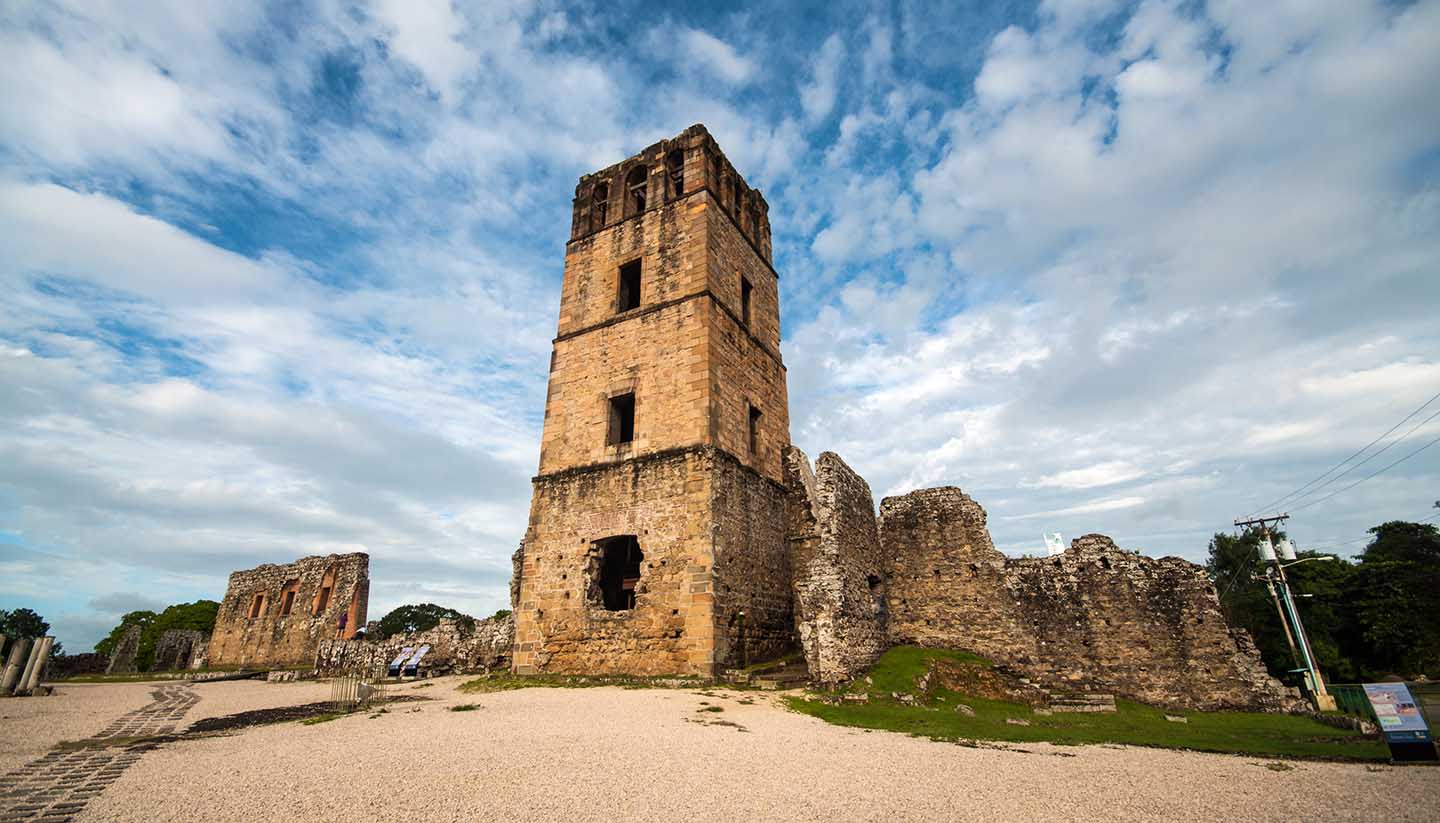Where to stay in Panama
Hotels
Panama has embarked on an extensive hotel expansion programme, not only in Panama City, but also in the countryside and in mountain and seaside areas. Accommodation ranges from international standard to inexpensive country inns, very simple hotels and new resort-style hotels. There is a 10% government tax added to hotel bills. For further information, contact Instituto Panameño de Turismo (www.atp.gob.pa).
Bear in mind, when organising where to stay in Panama, that all accommodation gets very hectic and more expensive around the main holidays, including Christmas, Santa Semana and Carnaval. Try to book well in advance at these times, or you may find yourself with nowhere to stay.
Bed and breakfast
There are plenty of bed and breakfast places in Panama, especially in mountain towns and on the more well-populated islands such as in the Bocas del Toro province. These places are small and cosy, and breakfast is often either traditional fare complete with deep-fried plantains or something more traveller-friendly such as breads and cereals, and always plenty of fruit.
Camping
There are a couple of camping resorts in Panama. It is possible to camp on some beaches, and also in the mountainous areas of Boquete and Volcán. If you want to stay out in the countryside or on beaches then camping can be a good option for those on a budget or wanting to get back to nature, but be sure to bring plenty of mosquito repellent and supplies that won't attract ants or go off. Camping is also a good idea around Carnaval and major holidays when hotels get booked out and prices rise steeply.
Other accomodation
Homestay Accommodation: One way of immersing yourself in part of the culture of Panama is to organise a homestay with the local families. If you are thinking of doing a Spanish course in Panama, this can tie in nicely because Spanish schools will arrange homestays for you along with your course. Spanish Panama (www.spanishpanama.com) is one of the most highly recommended organisations for language learning, and will organise homestays in a package.
If you would like to learn more about the indigenous peoples of Panama, some of the tribes offer their homes as accommodation as well. The most popular option is staying in Kuna-run homes or guesthouses on the San Blas islands. It is better to stay on the islands to directly benefit the Kuna people with your tourism than to sail around on foreign-owned yachts, especially as such companies have no right to be there without the express permission of the Kuna.
Youth Hostels: For those travelling on a budget, there are many youth hostels in Panama, including several in Panama City and other main tourist areas. They often come equipped with a kitchen and a living room with cable television. Some even have a swimming pool. The youth hostels vary greatly in both quality and style: some are exceptionally well run and provide high standards as well as excellent communal areas for travellers to congregate and swamp stories in; others are very run-down and do not provide socialising space. Ask to see the rooms and facilities before agreeing to stay.


